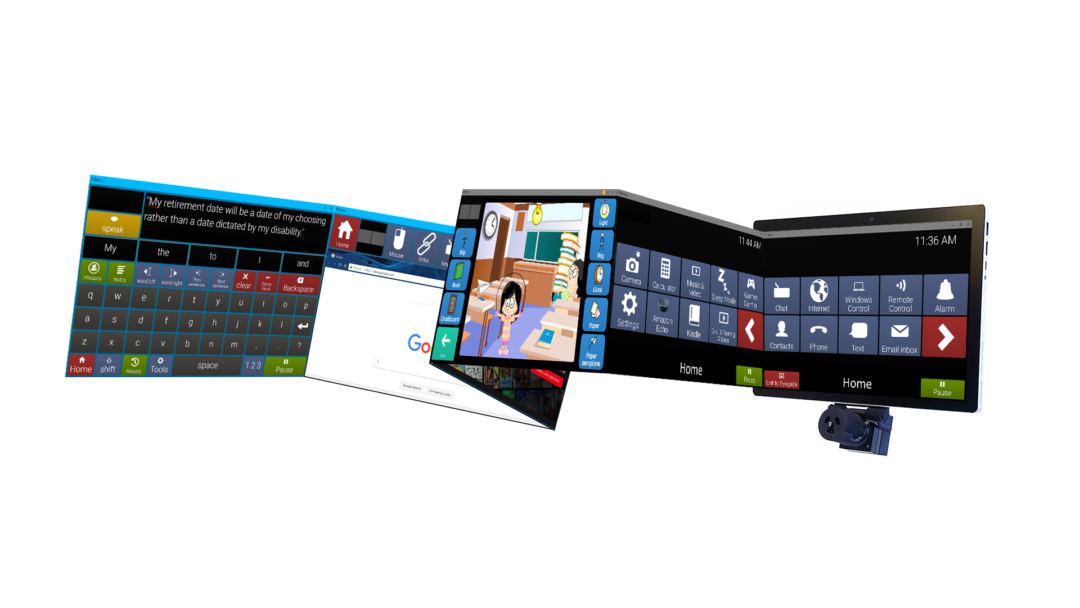Eye tracking technology can reveal useful insights that benefit your business’s marketing strategy. Instead of guessing what matters most to consumers, this fascinating technology uncovers the tactics that convert website visitors into paying customers.
Read on to learn about several types of eye tracking studies that provide a glimpse into the behaviors and preferences marketers should know about.
Video plays an important part in the search process. As website owners, we pay special attention to SERPs (search engine results pages) that show that the top three rankings typically command all of users’ attention. Moz published a study revealing that videos are powerful eye magnets regardless of where they turn up in search results. Marketers can capitalize on this information by embedding video rather than authorship to make product pages stand out at the top of search results.
Directional cues are powerful tools in a marketer’s arsenal. An eye gaze study showed that using visual cues to guide website visitors to key areas of your site is incredibly effective. We have been conditioned since birth to follow arrows toward where we should be looking and going, and people are naturally inclined to follow the gaze of others. Marketers can optimize websites by including images that serve as visual cues for where customers should look next.
For a more effective website, try to avoid “dead weight” visuals. According to Fitts’s law, an object’s “weight” in the visual hierarchy determines which elements on a webpage attract eyes and mouse clicks. Eye tracking studies reveal the elements that “pop” on a landing page, ensuring that you don’t give too much weight to visuals that fail to entice customers to take action.
As a website owner, you may have heard of the F-Pattern. A study by the Nielsen Group found that across e-commerce sites, search engine results, and even articles, people almost always browse content in an F-shaped pattern. This means that their viewing heavily favors the left side of the screen and moves from left to right. Eye tracking studies show that readers browse sites based on their reading habits.
You can learn more about the informative research systems offered by Eyegaze that help you discover the information your business needs to know here.

